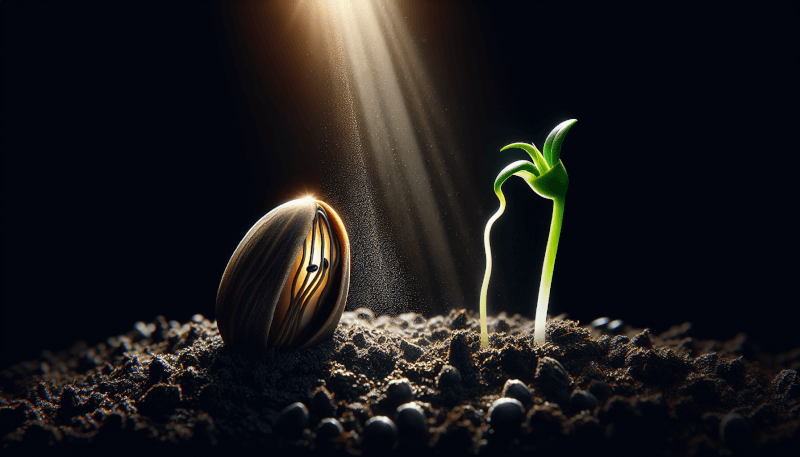If you’ve ever been curious about growing your own nutritious and fresh sprouts, look no further! This article will provide you with the essential sprouting seeds instructions to get you started on your own indoor garden adventure. From selecting the right seeds to proper cleaning and germination techniques, you’ll learn everything you need to know to successfully sprout your own delicious and healthy greens. So, grab your seeds and let’s get sprouting!
Choosing Seeds
When it comes to sprouting seeds, choosing the right type is essential. Consider the purpose of your sprouts, whether it’s for culinary purposes or growing a garden. Some popular sprouting seed types include alfalfa, broccoli, radish, and mung beans. Each type offers a unique flavor and nutritional profile, so take your taste preferences and dietary needs into account.
Buying Organic Seeds
While conventional seeds are readily available, opting for organic seeds is a great choice. Organic seeds are not genetically modified and are grown without the use of synthetic pesticides or fertilizers. By choosing organic seeds, you support sustainable farming practices and ensure your sprouts are free from harmful chemicals.
Selecting High-Quality Seeds
To ensure successful sprouting, it’s important to select high-quality seeds. Look for seeds that are plump, uniform in size, and free from damage or discoloration. Avoid seeds that appear old or have a musty odor, as they may not germinate properly. Buying seeds from reputable suppliers or seed companies can help guarantee quality.
Pre-Sprouting Preparation
Before sprouting your seeds, some initial preparation is necessary to promote successful germination.
Seed Soaking
One common method is to soak the seeds overnight in water. This helps soften the seed coat and speeds up the germination process. Fill a clean container with water and add the seeds, making sure they are fully submerged. Allow them to soak for the recommended time, usually between 8 to 12 hours.
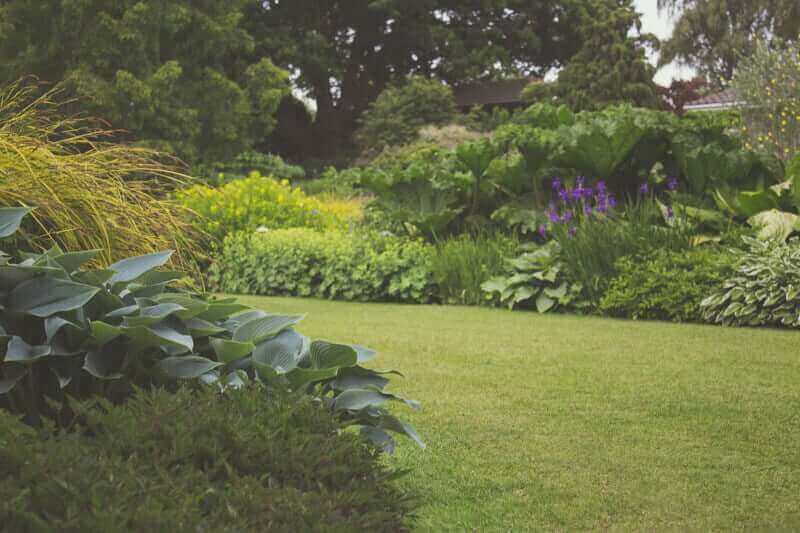
Rinsing the Seeds
After soaking, it’s crucial to rinse the seeds thoroughly to remove any residue or impurities. Gently swish the seeds around in a sieve or strainer while running water over them. This step helps reduce the risk of mold or bacterial growth during sprouting.
Draining and Resting Period
Once the seeds are rinsed, allow them to drain completely. Excess water can hinder sprouting or lead to spoilage. It’s recommended to let the seeds rest for a few hours to enable them to absorb some moisture before beginning the sprouting process.
Seed Sprouting Methods
There are various methods you can choose from for sprouting your seeds, depending on your preference and available resources.
Jar Sprouting
Jar sprouting is a popular and straightforward method. Use a glass jar with a mesh or sprouting lid, or simply cover the jar with a breathable cloth and secure it with a rubber band. Place the soaked seeds in the jar, keeping them in a single layer. Rinse and drain the seeds twice a day, ensuring they remain moist but not waterlogged.
Tray Sprouting
Tray sprouting involves using special sprouting trays with drainage holes. Spread the rinsed seeds evenly across the tray, making sure they’re not overcrowded. Place the tray in a slightly tilted position to allow excess water to drain away. Rinse the seeds a few times a day, and ensure proper ventilation to prevent mold growth.

Bag Sprouting
Bag sprouting is perfect for those with limited space or who want a portable option. Use a breathable bag like a muslin sack or a specialty sprouting bag. Place the soaked seeds inside the bag and close it securely. Rinse the seeds by submerging the bag in water, then draining thoroughly. Hang the bag in a well-ventilated area, making sure it doesn’t touch any surfaces to prevent moisture buildup.
Watering Techniques
Watering your sprouts properly is crucial for their growth and health. Different techniques can be employed depending on the sprouting method you choose.
Misting the Seeds
For jar or bag sprouting, misting the seeds with water can help keep them moist. Use a spray bottle to gently mist the seeds without soaking them. This method prevents excessive moisture and promotes even growth.
Bottom Watering
Tray sprouting often utilizes bottom watering. Set the tray in a shallow container filled with water. The seeds will absorb water through the drainage holes, preventing oversaturation. Once the seeds have taken up enough water, remove the tray from the container and allow excess water to drain away.
Maintaining Moisture
Regardless of the method you choose, it’s essential to maintain proper moisture levels. Avoid letting the sprouts dry out completely or become waterlogged. Regular rinsing or misting is key to keeping the seeds hydrated without creating a breeding ground for bacteria or mold.
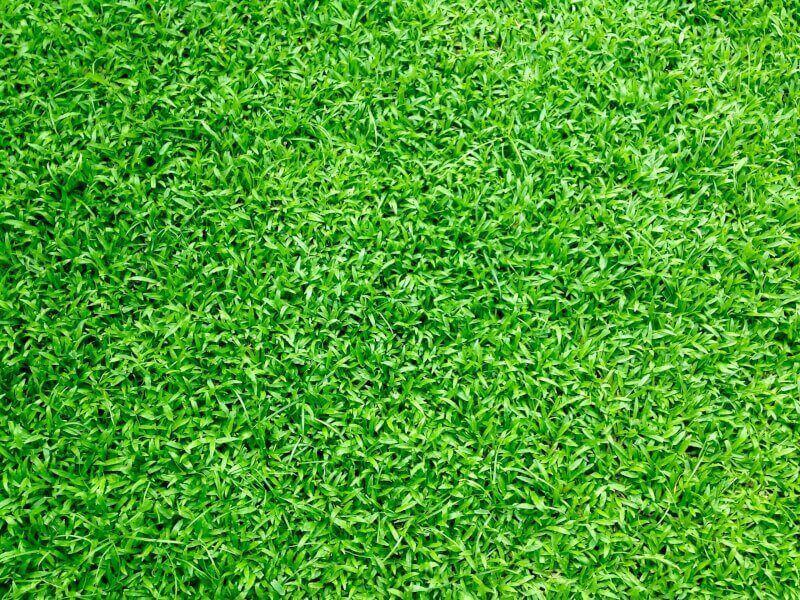
Temperature and Light Requirements
Providing the ideal temperature and light conditions is vital for successful sprouting.
Ideal Temperature Range
Most sprouts thrive in temperatures between 65°F and 75°F (18°C to 24°C). Avoid extreme temperature variations, as they can negatively affect the germination process. If the ambient temperature is too high, consider sprouting in a cooler area or use a fan for ventilation.
Light Exposure
While sprouts do not require direct sunlight to grow, they need some exposure to light to trigger the production of chlorophyll. Place your sprouts in a well-lit area, such as near a sunny window. If natural light is limited, artificial grow lights can be used as a substitute.
Avoiding Direct Sunlight
Although sprouts need light, direct sunlight can be harmful. Excessive heat can cause drying or scorching of the sprouts. It’s best to provide indirect or filtered light to ensure their optimal growth.
Sprouting Duration
The time it takes for sprouts to fully grow depends on the seed type and environmental conditions. However, there are general guidelines to follow.
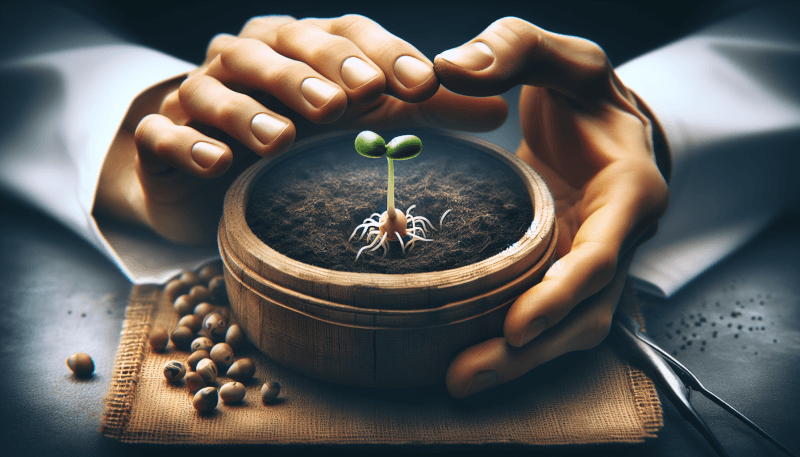
Expected Sprouting Time
On average, sprouts typically start showing signs of growth within 2 to 7 days, although some varieties may take longer. The first tiny leaves or cotyledons indicate that the sprouts are ready for harvesting.
Monitoring Progress
Regularly check on your sprouts to monitor their progress. Look for any signs of discoloration, unpleasant odor, or mold growth, as these can be indications of spoilage or contamination. Adjust your watering and care routine accordingly if you notice any issues.
Troubleshooting Delays
If your sprouts are taking longer to grow than expected, there could be several factors at play. Inconsistent watering, improper drainage, low temperatures, or poor seed quality may cause delays. Adjust the conditions accordingly and be patient as you troubleshoot.
Caring for Sprouts
Proper care is essential to ensure healthy and vibrant sprouts.
Rinsing the Sprouts
Continue rinsing your sprouts regularly throughout their growth cycle. This helps remove waste products and promotes their overall freshness. Gently swish the sprouts in a bowl of clean water, then drain thoroughly.
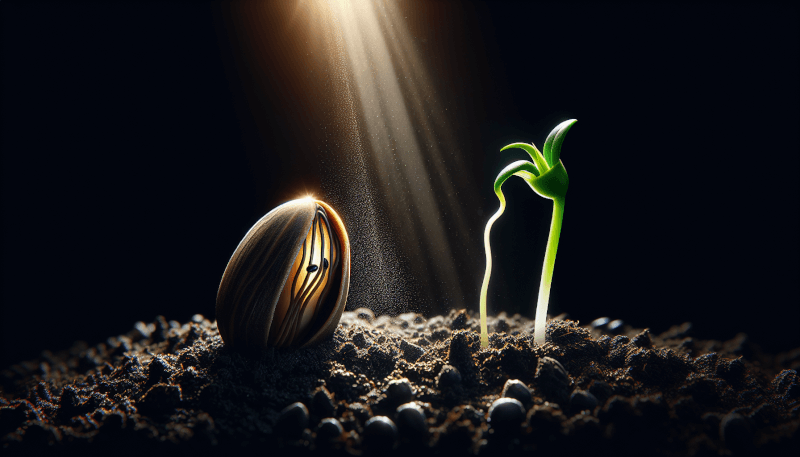
Proper Ventilation
Good airflow is crucial to prevent excess moisture and discourage mold growth. Make sure your sprouts have proper ventilation by using breathable containers or lids with ventilation holes. Avoid overcrowding the sprouts, as this can lead to poor airflow.
Removing Hulls
Depending on the sprout type, some may develop hulls or seed coats that need to be removed before consuming. Gentle agitation in water can help separate the hulls from the sprouts. Collect the hulls using a strainer or by pouring the water out slowly. Removing the hulls improves the texture and appearance of the sprouts.
Harvesting Sprouts
Determining when your sprouts are ready for harvest can be exciting. Follow these steps for a successful harvest.
Determining Readiness
Most sprouts are ready for harvest when their cotyledons have fully developed, and they have reached the desired length. Taste a few sprouts to ensure they have the desired flavor and texture. Harvesting too early may result in underdeveloped sprouts, while waiting too long could lead to tougher or bitter sprouts.
Harvesting Techniques
Depending on the sprout type and your preference, there are several harvesting techniques available. You can harvest the entire crop by cutting the stems just above the roots. Alternatively, you can selectively harvest by plucking off individual sprouts as needed. Ensure cleanliness and proper storage conditions to maintain the sprouts’ quality.
Storing and Consuming
To prolong the freshness of your sprouts, it’s important to store them properly. After harvesting, rinse the sprouts once more and allow them to dry completely. Then, store them in a clean, airtight container in the refrigerator. Consume the sprouts within a few days for the best flavor and nutritional value.
Health and Safety Concerns
While sprouts are a nutritious addition to your diet, it’s essential to consider health and safety precautions.
Avoiding Contamination
To prevent the risk of contamination, always use clean, sanitized containers and utensils. Rinse your sprouts thoroughly with fresh water and maintain proper hygiene during the sprouting process. If you notice any signs of spoilage, such as unpleasant odor or mold growth, discard the sprouts immediately.
Safe Consumption Practices
Sprouts are susceptible to bacterial contamination, so it’s recommended to consume them raw or lightly cooked. If you have a compromised immune system, consider avoiding raw sprouts altogether. Pregnant women, young children, and the elderly should also exercise caution when consuming raw sprouts due to the potential risk of foodborne illnesses.
Risk Management
To minimize the risk of foodborne illnesses, it’s important to purchase seeds from reputable sources and follow proper sprouting techniques. Keep your sprouting equipment clean, store sprouts at the appropriate temperature, and practice good personal hygiene. By taking these precautions, you can enjoy sprouts safely.
Common Mistakes to Avoid
Though sprouting seeds can be simple, there are some common mistakes to watch out for.
Over-Soaking Seeds
Soaking seeds for an excessive amount of time or oversaturating them with water can hinder germination. Follow the recommended soaking time guidelines and strive for the right amount of moisture to avoid damage or rotting.
Neglecting Proper Rinsing
Inadequate rinsing can lead to the buildup of bacteria or mold, compromising the sprouts’ quality. Make sure to rinse your seeds thoroughly at the recommended intervals to ensure cleanliness and prevent contamination.
Inconsistent Moisture Levels
Maintaining proper moisture levels is crucial for successful sprouting. Inconsistent watering or allowing the sprouts to become too dry or waterlogged can impede their growth. Regularly monitor and adjust the moisture levels to promote healthy sprouting.
By following these comprehensive sprouting instructions, you’ll be well on your way to growing fresh, nutritious sprouts in the comfort of your own home. Experiment with different seed types and sprouting methods to find your favorites. With a little patience and care, you’ll soon be enjoying the delightful flavors and nutritional benefits of homegrown sprouts. Happy sprouting!

